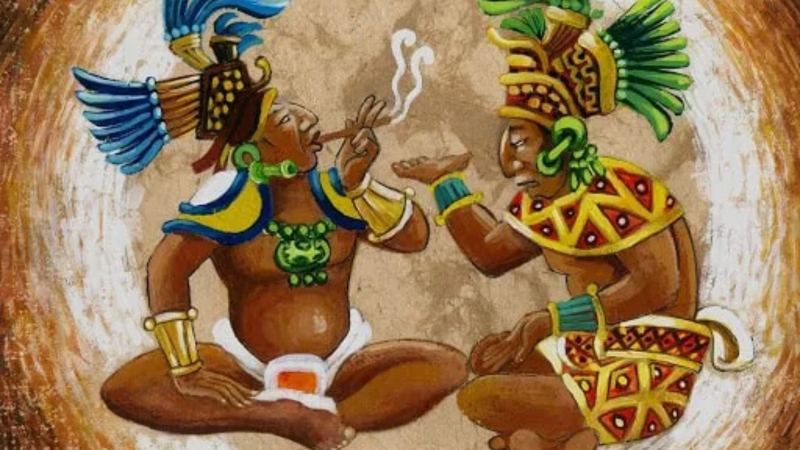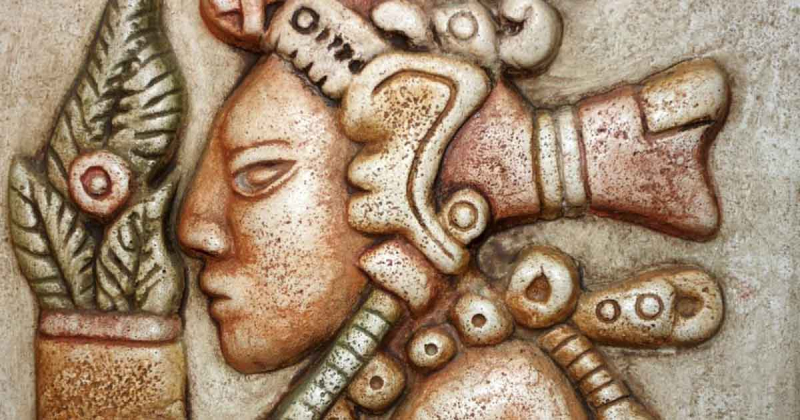Hallucinogenic Drugs
The use of chemicals that change consciousness or cause hallucinations varied across Mesoamerican civilization. According to a study, the ancient Mayans used dried toad skins and mushrooms in their rituals, rites, and cures.
The ancient Mayas reportedly drank balché, a concoction made by infusing honey with the bark of Lonchocarpus longistylus. It was a common beverage enjoyed during rituals involving communication with the dead. The mixture's psychedelic qualities caused a brief shift in awareness.
The spirits were informed of problems, often unexplained ones like severe weather, misfortune, or warfare. It was a divine method of prophecy. Additionally, they chewed tobacco and injected ritual enemas laced with alcohol or psychotropic chemicals in an effort to hasten the onset of a trance state.
Another alcoholic beverage prepared by fermenting the maguey plant's sap was called chi or pulque. Vessels stamped with the glyph "chi" were made by various pottery works from the Classic Mayan period. Sacred mushrooms, now known as modern magic mushrooms, were also consumed, along with hallucinogenic cacti and dried frog skin.













